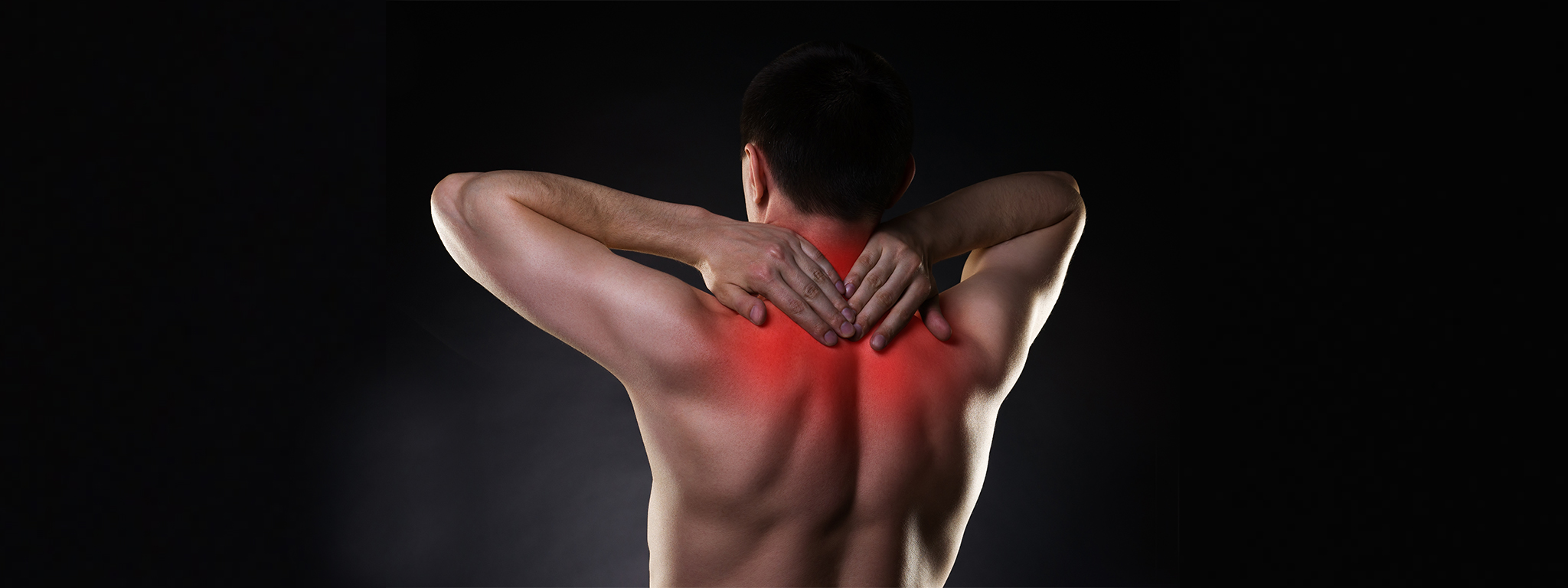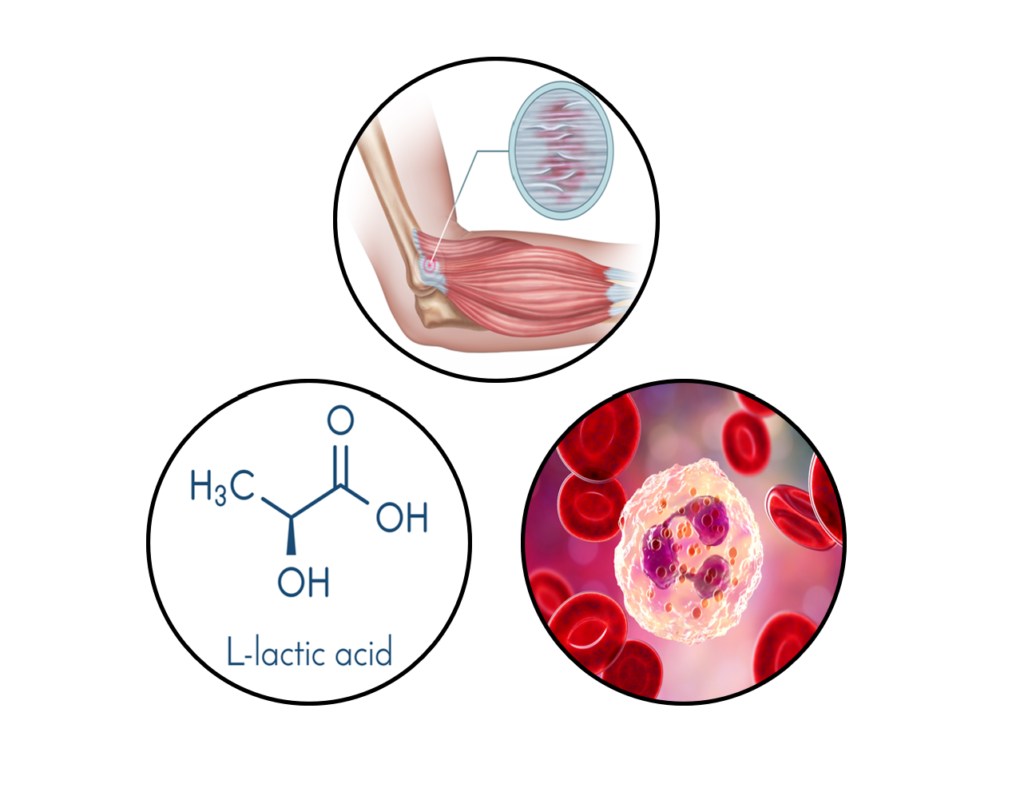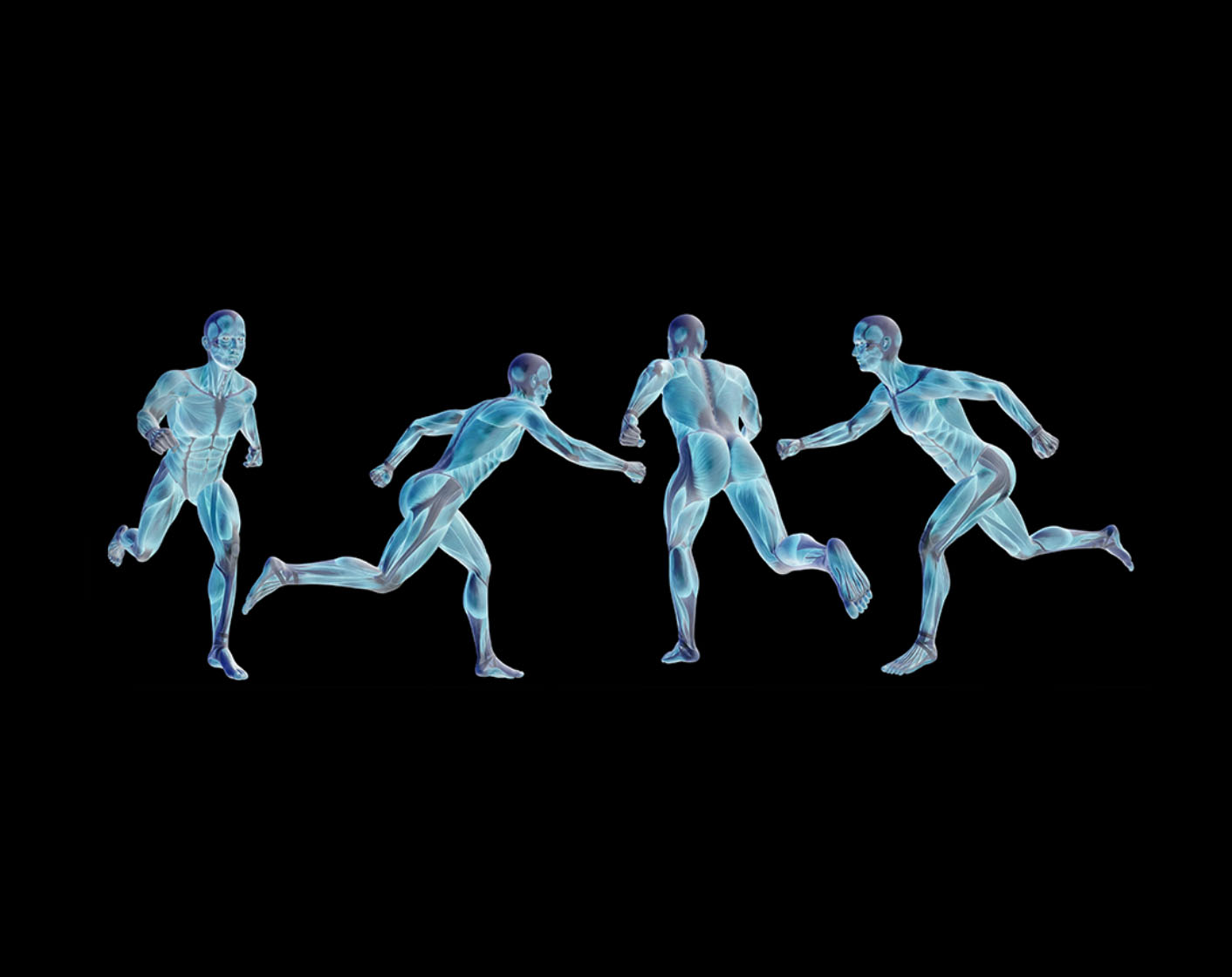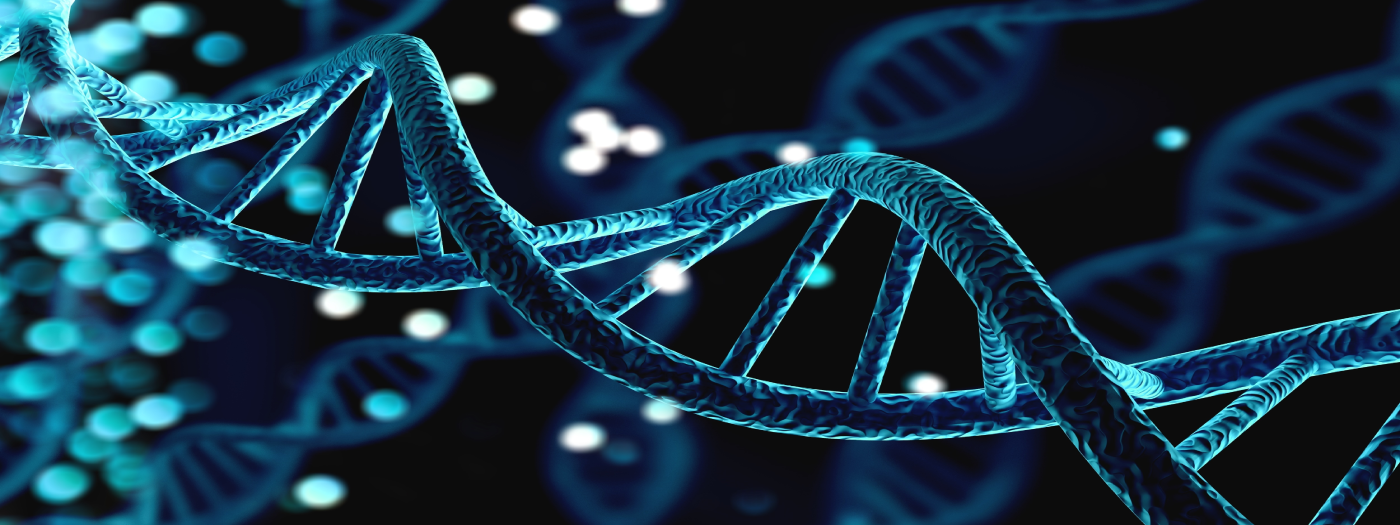
The Optimal Muscle Soreness Recovery
- Noah Soliman
Sore After Workouts?
Let’s make this clear: sore muscles after workouts, sports, and physical labour are totally normal. When putting your muscles under stress that is higher than they usually withstand, the fibres in your muscle endure microtears. If these proportion of tears are significant enough, it translates into discomfort the following day(s). This is commonly known as delayed muscle soreness (DOMS) and is experienced by active individuals all the time. In this blog, we will delve into mechanisms causing DOMS, and common methods of muscle soreness recovery to minimise your discomfort and subsequent performance deficits.
Understanding Delayed Muscle Soreness
The field of sports medicine is still investigating the direct physiological causes of delayed muscle soreness, however research suggests causes include muscle damage, lactic acid, and inflammation.
- Muscle Damage: Studies indicate that muscle damage is caused by the tissue undergoing eccentric contraction (contraction of muscle as it lengthens) and damages to the excitation-contraction coupling system (the neuromuscular mechanism that initiates muscle contraction). As explained, muscle damage will likely be in the form of tissue micro-tearing.
- Lactic Acid: Lactic acid is the product of anaerobic respiration; this occurs when the demand for energy, for physical activity, exceeds the ability for your body to take in oxygen. During a tough exercise session, your body may look to undergo anaerobic respiration to generate the compensatory energy required to continue performing at that intensity.
- Inflammation: Inflammation is the body’s response to an injury – whether that be a torn muscle or bacterial infection. Research has concluded that high- duration and intensity physical activity causes inflammatory responses, which can be translated into discomfort under the DOMS muscle umbrella.

You should see this period of DOMS recovery as a stage of muscle development. Your body is reacting to the damaged muscles by rebuilding the fibres into a tissue that is stronger and more tolerant than before. Whilst vital to enhance athletic performance, there are ways around minimising the negatives associated with muscle soreness recovery.
Impacts of Delayed Muscle Soreness
The tightness and soreness associated with a DOMS recovery can be a huge burden to your athletic activity if returning too early. Impacts include:
- Increased Injury Risk: Muscle soreness can alter sequencing and recruitment patterns, causing unnecessary stress on ligaments and tendons. Furthermore, reduced joint range of motion can limit muscular control and movement. Both of these factors contribute to increased strain & sprain risk.
- Poor Athletic Performance: A sore set of muscles can act as a physical & mental barrier towards the athlete performing at their full potential. Plus, reduced joint range of motion disables the athlete from attaining movements and positions that enhance their in-game performance.
Depending on your age, fitness, and intensity of exercise, delayed muscle soreness can last between 1-5 days. Unsurprisingly, a young individual will likely recover faster than an older individual.
Preventing Delayed Muscle Soreness
The probability of an athlete enduring delayed muscle soreness varies amongst individuals. An activity that is well-accustomed to one individual’s build may not be for someone else. Therefore, in preparation for your sporting activity, we recommend engaging in exercises that look to mimic the pressures of your competitive activity. This provides your muscles with the exposure to subsequently tolerate the in-game forces – reducing the injury risk and onset soreness.
Consider performing these PhysioFrog exercises a week-or-so before competition:
- Single-Leg Thrusts: this exercise places a lot of pressure on your hamstrings whilst moving, building up the tissue’s tolerance.
How to Perform:
(1) Lie flat on your back with your target leg resting on your foot at a 45-degree angle.
(2) Push your target leg into the ground to assist your hips upwards.
(3) Lift your hips up till your target leg’s thigh is parallel with your upper body.

- Breaststroke: this exercise is a real challenge on your back muscles’ strength and endurance.
How to Perform:
(1) Lie on your stomach straight
(2) With shoulders back and hips on the floor, raise your arms up.
(3) Pull your arms back and squeeze your back muscles for 3 seconds before extending your arms outwards into a ‘breaststroke’ motion, before returning to repeat.

- Split Squat Hold: this exercise aims to build muscular endurance in your quadriceps and calves.
How to Perform:
(1) From a lunge position, lower your back knee till your front thigh is perpendicular to its lower leg.
(2) Keep your back straight throughout and evenly distribute your weight between both feet.
(3) Hold for roughly 4 seconds.

When performing these exercises, you must be sensible with their intensity – do not tire your muscles and trigger soreness ahead of your fixture!
If returning to competitive activity after a long period away (e.g. new season, return from injury), we recommend preparing extra thoroughly before your event. This is because your body has become accustomed to the reduced activity and will consequently feel the DOMS more severely. To neutralise this possibility, engage in PhysioFrog’s muscle mobility, strength, and endurance exercises to ensure your muscles are equipped to withstand the in-game pressures.
Muscle Soreness Recovery Methods
Unfortunately, muscle pain after workouts that are profoundly intense are inevitable. However, there are techniques you can implement to minimise the severity and duration of delayed muscle soreness. Some of which are listed below:
Massage: Implementing a deep tissue massage, whether that’s from a professional masseuse or foam roller, has shown to reduce DOMS. It’s recommended to implement the massage roughly 3 hours post-exercise to maximise the benefits. Therefore, you must have some understanding about your activity’s relative severity to ascertain whether a massage is necessary.
Other Exercise: Exercising an alternative part of your body can act as a distraction against delayed muscle soreness. This is an incredibly useful method if your sport requires you to train daily.
Diet: Eating foods such as salmon, spinach, and beetroot will aid in recovery by providing protein & anti-inflammatories, minimise soreness via magnesium intake, and increase blood flow (via increased vasodilation) respectively.
Anti-Inflammatory Drugs: Nonsteroidal anti-inflammatory drugs can help reduce pain and soreness.

If you do decide to train the DOMS muscle (whether directly or indirectly), we recommend lowering the intensity of the activity to prevent recovery inhibition and injury.
Optimising Your DOMS Recovery
Delayed muscle soreness sucks. As much as it’s a part of competitive activity, we want to minimise its effects as much as possible to maximise our time competing at our athletic optimum. Therefore, it is important to capitalise on the preventive and recovery approaches mentioned: preparatory exercising, massage, diet, etc. Incorporating these techniques will give you the comfort and confidence to perform at your athletic optimum.
For exercises that look to prepare your muscles for peak athletic performance and diminish any muscle pain after workouts, follow PhysioFrog’s personalised exercise routines. We recommend exercises based on your lifestyle and target all muscular attributes.
Thanks for reading,
Noah Soliman, Principal @ PhysioFrog
Get to grips with the physiology and mechanisms behind our warm-ups, and learn how their applications can maximise your on-field performances. Along with the physical benefits of muscle preparation, get an insight into its psychological benefits to truly understand your mind and body!
Get to grips with the physiology and mechanisms behind our warm-ups, and learn how their applications can maximise your on-field performances. Along with the physical benefits of muscle preparation, get an insight into its psychological benefits to truly understand your mind and body!
Select the muscle group that’s giving you discomfort, and perform corresponding exercises to recover





